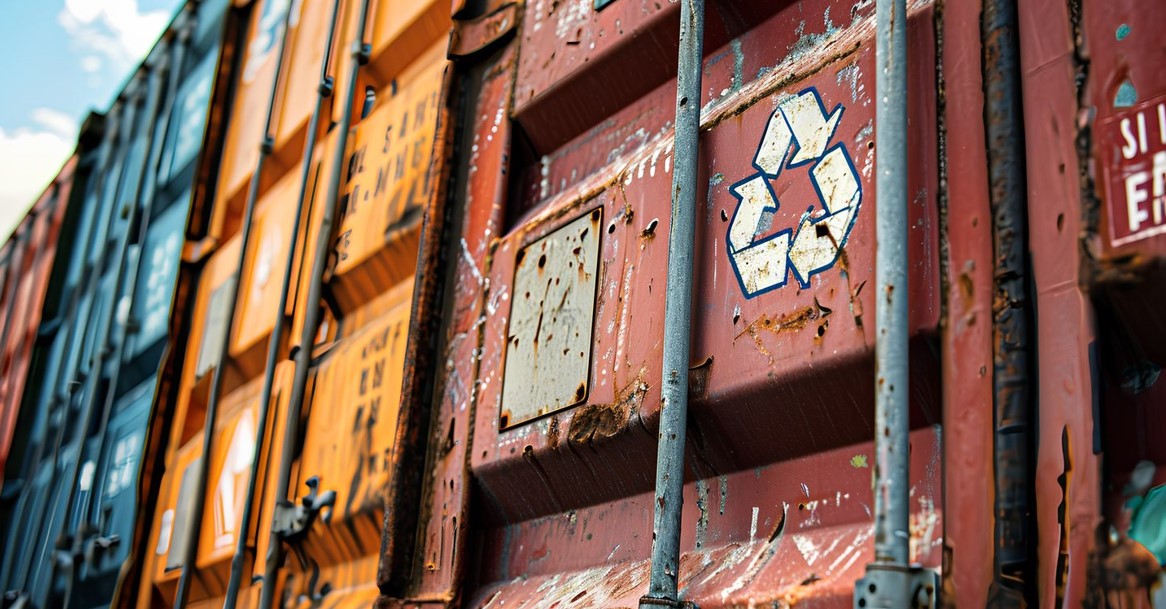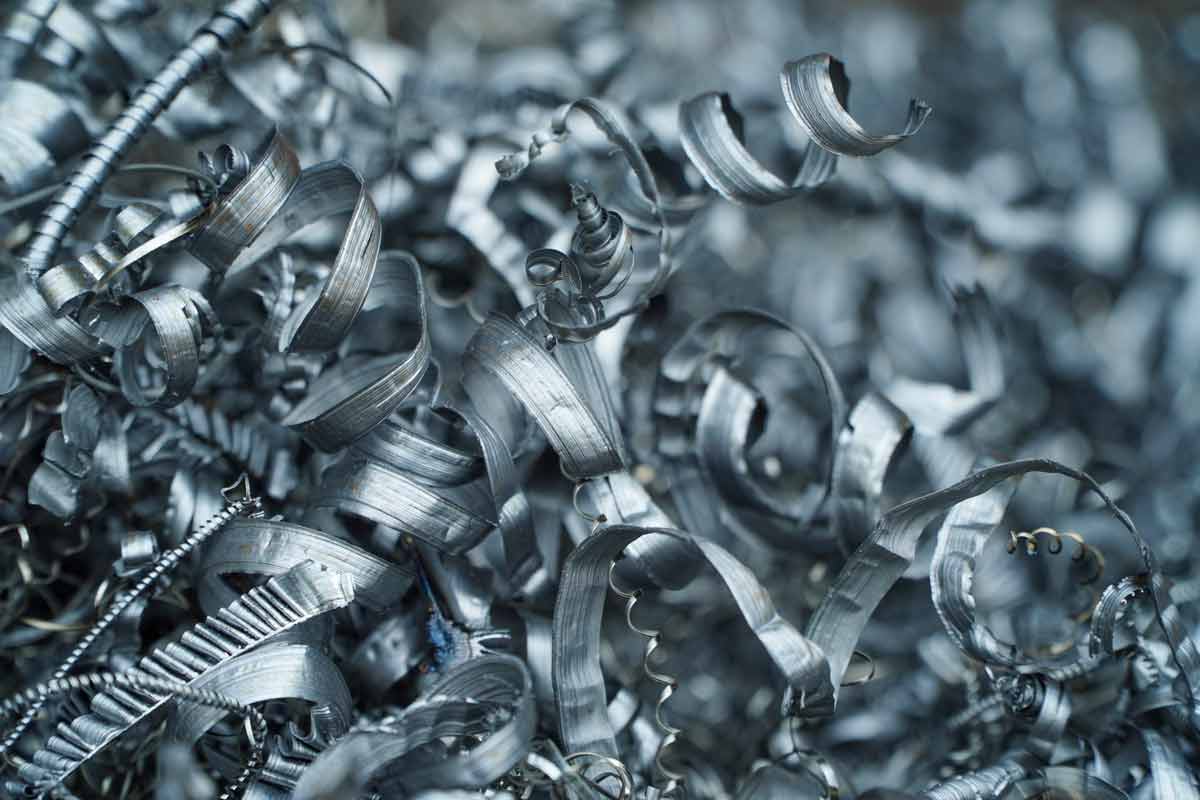
ArcelorMittal, the world’s largest steel producer, has announced a halt to its previously planned projects to convert several European blast furnaces to electric arc furnaces (EAF) and build direct-reduced iron (DRI) plants. Specifically, projects in France, including those in Dunkirk and Fos-sur-Mer, have been delayed. The decision is driven by an unfavorable market environment, with the company citing challenges in energy costs, technological progress, and weak demand for low-carbon steel.
Market and Policy Challenges Delay Decarbonization Efforts
ArcelorMittal had intended to invest in DRI-EAF facilities as part of its strategy to reduce emissions in its European operations. However, the company has faced setbacks due to the slow progress of green hydrogen development and high natural gas prices. Green hydrogen, a key component in decarbonizing steel production, remains expensive and is not yet competitive enough to replace natural gas in DRI production, which was initially planned as an interim solution.
The company also highlighted weaknesses in the European regulatory environment. The carbon border adjustment mechanism (CBAM), which is designed to protect EU steelmakers from international competition, is seen as insufficient to counteract the impact of imports from countries like China, which has significant steel overcapacity. ArcelorMittal has called for further policy action to improve the competitiveness of European steel production while ensuring that the transition to low-carbon steel becomes economically viable.
Slow Demand for Low-Carbon Steel and Limited Willingness to Pay Premiums
While ArcelorMittal has made significant strides with its XCarb product line—low-carbon steel produced with a minimal carbon footprint—demand has been underwhelming. Despite strong growth in sales, which are expected to double in 2024, only a small portion of customers are willing to pay a premium for steel with lower emissions. This limits the company’s ability to justify the significant investment required for its green steel projects.
Nevertheless, ArcelorMittal remains committed to achieving net-zero emissions by 2050, although the path to this goal may differ from its original plans. The company is continuing with engineering work and exploring phased approaches, including expanding scrap steel usage in EAFs, to reduce emissions in the near term.
Future Outlook: Need for Clearer Policies
Looking ahead, ArcelorMittal is hopeful that policy decisions in the coming years will provide the clarity needed to proceed with decarbonization investments. The company expects the review of the CBAM, EU steel safeguards, and the Steel and Metals Action Plan in 2025 to help shape the business case for future investments in low-carbon steelmaking. With a clearer regulatory framework, the company believes it can achieve its net-zero goal and remain competitive in the global market.











Leave a Reply
You must be logged in to post a comment.